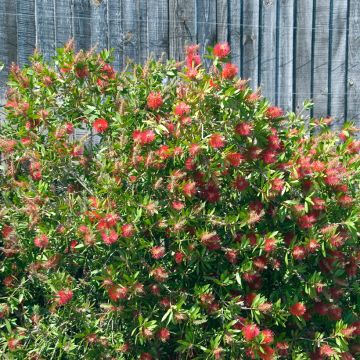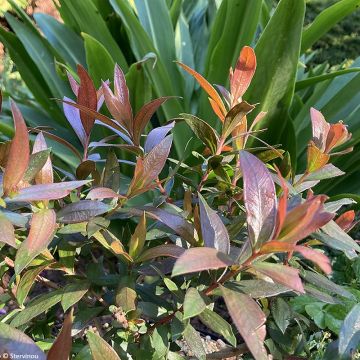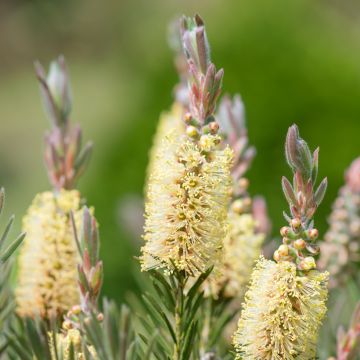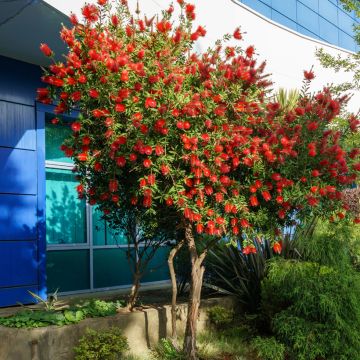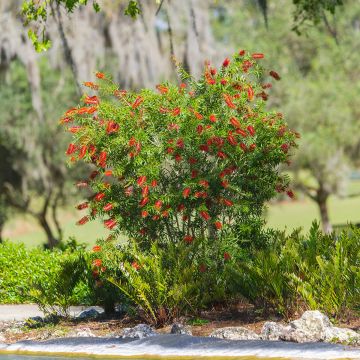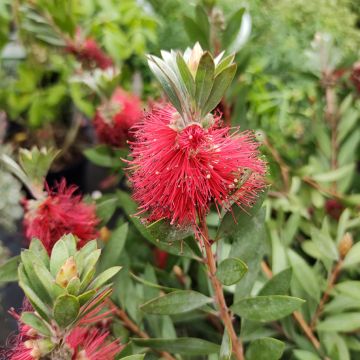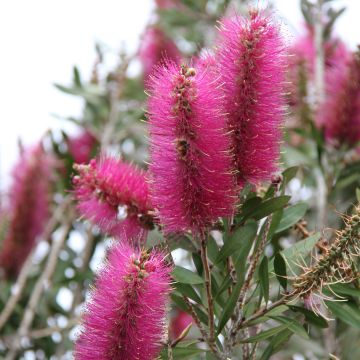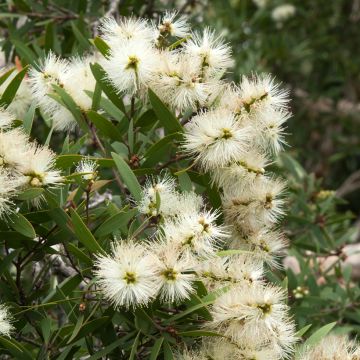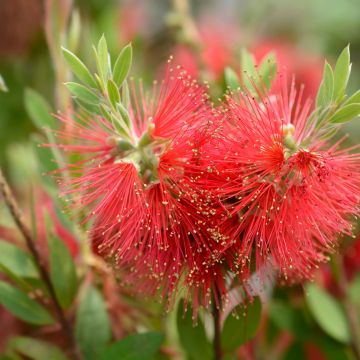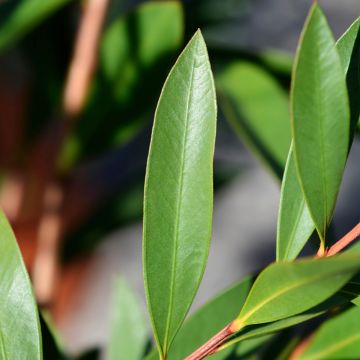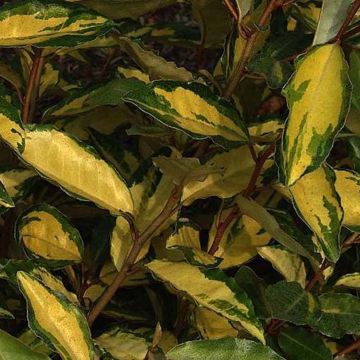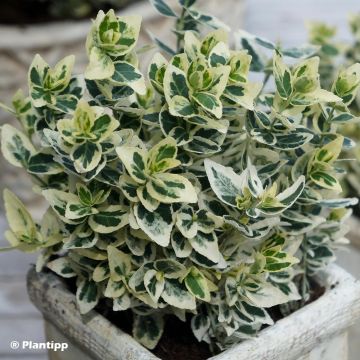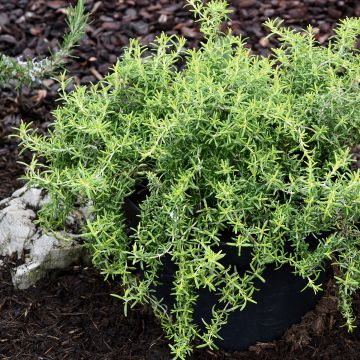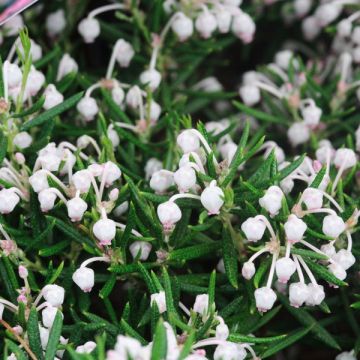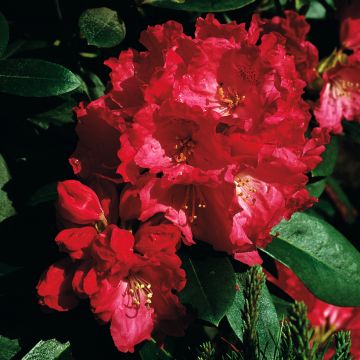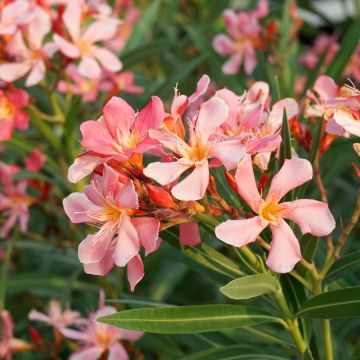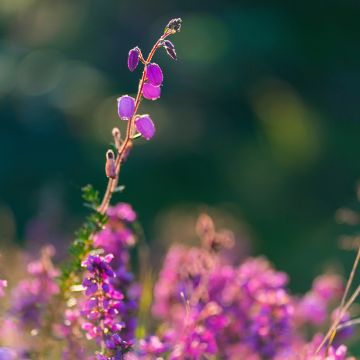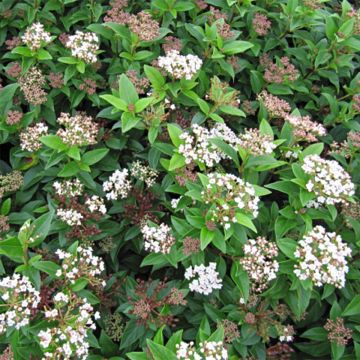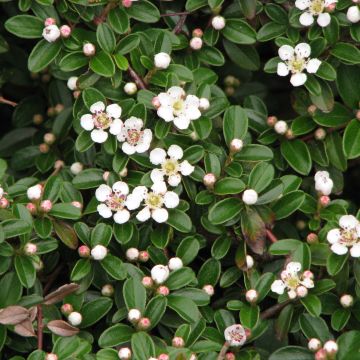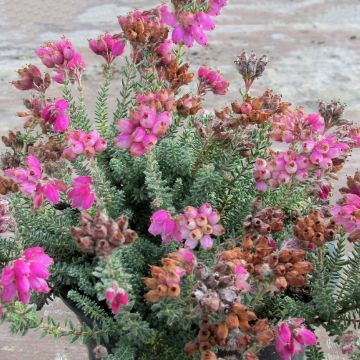

Callistemon salignus Perth Pink - Bottlebrush


Callistemon salignus Perth Pink - Bottlebrush


Callistemon salignus Perth Pink - Bottlebrush
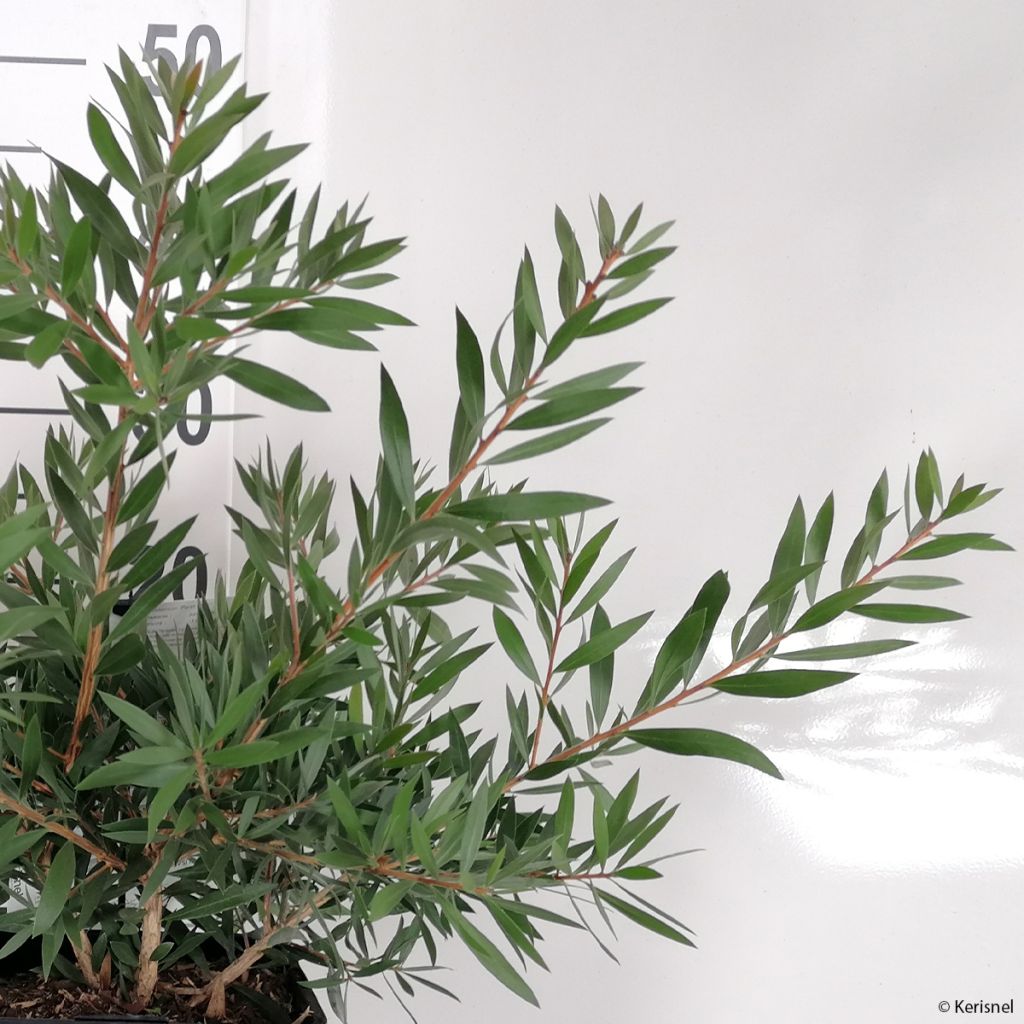

Callistemon salignus Perth Pink - Bottlebrush
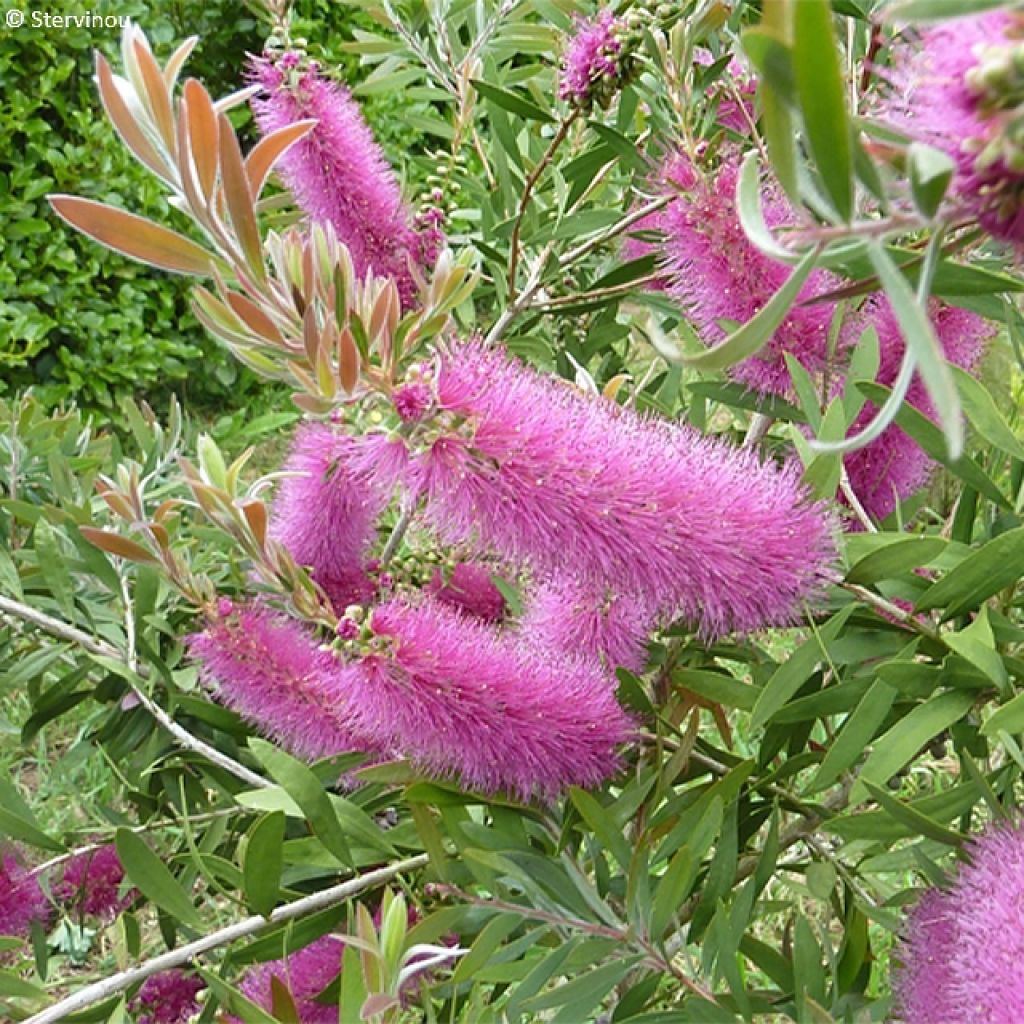

Callistemon salignus Perth Pink - Bottlebrush
Callistemon salignus Perth Pink - Bottlebrush
Callistemon salignus Perth Pink
Willow Bottlebrush, White Bottlebrush
This item cannot be shipped to the selected country
Delivery charge from €5.90
Delivery to Corse prohibited
More information
Schedule delivery date,
and select date in basket
This plant carries a 24 months recovery warranty
More information
We guarantee the quality of our plants for a full growing cycle, and will replace at our expense any plant that fails to recover under normal climatic and planting conditions.
From €5.90 for pickup delivery and €6.90 for home delivery
Express home delivery from €8.90.
Delivery to Corse prohibited: UE law prohibits the import of this plant from mainland France to Corse as part of the fight against Xylella fastidiosa. Please accept our sincere apologies.
More information
Does this plant fit my garden?
Set up your Plantfit profile →
Description
Callistemon x salignus or Perth Pink Bottlebrush is an evergreen shrub that is extremely decorative due to the abundance and intense pink colour of its flowers in bottlebrush spikes. This variety also has a more upright habit than its parent, Callistemon salignus, and denser foliage with interesting patterns. In spring, attention is drawn to its pink and silky young shoots. In very mild climates, and in non-calcareous soil, this large callistemon will become a focal point in the garden. Elsewhere, it can be grown in a large pot and overwintered indoors.
The Perth Pink Bottlebrush is also marketed under the names Callistemon pearsonii 'Perth Pink' and Callistemon citrinus 'Perth Pink'. It is a shrub of the myrtle family whose ancestors come from Australia. Generally, callistemon plants grow naturally in regions with a mild oceanic climate, but also in intermittently dry areas, usually on mineral-poor, leached, and rather acidic soil.
This Perth Pink variety forms a ramified bush, reaching up to 4 m (13 ft 1 in) in height and 3 m (9 ft 10 in) in width in optimal conditions when planted in the ground. If grown in a pot or regularly pruned, its dimensions will be more modest. This shrub has flexible, slightly trailing branches and long, slender aromatic leaves arranged alternately. Their colour varies from green-blue to grey-green. The juvenile foliage is a pretty pink-red. The flowers, which are honey-producing and nectar-bearing, appear in June, in large numbers. In favourable climates, and with the removal of faded flowers, a second flowering can occur in October. The flowers consist of long stamens of a very bright pink colour. They are grouped in spikes of 4 to 10, resembling bottlebrushes up to 10 cm (3.9 in) long, at the ends of the branches. After pollination, woody capsules form, embedded in the bark, containing seeds that will take one to two years to ripen. This Perth Pink Callistemon is hardy down to a minimum of -4/-5 °C (24.8/23 °F).
The Perth Pink Callistemon prefers humus-rich and sandy soils that remain moist, although it can withstand occasional droughts. It is a beautiful plant for a garden protected from severe frost. It tolerates salt spray well, making it a very attractive shrub for mixed hedges (of modest size) in coastal gardens. It can be planted as a specimen or in mass plantings, combined with Grevilleas, Leptospermums, Escallonias, Atriplex halimus, etc. It can also be used in the creation of a mixed evergreen hedge, alongside myrtles, evergreen ceanothus, feijoas, rose laurels, and other strawberry trees. In regions with cold winters, the plant should be grown in a pot and protected from frost throughout the winter.
Report an error about the product description
Callistemon salignus Perth Pink - Bottlebrush in pictures
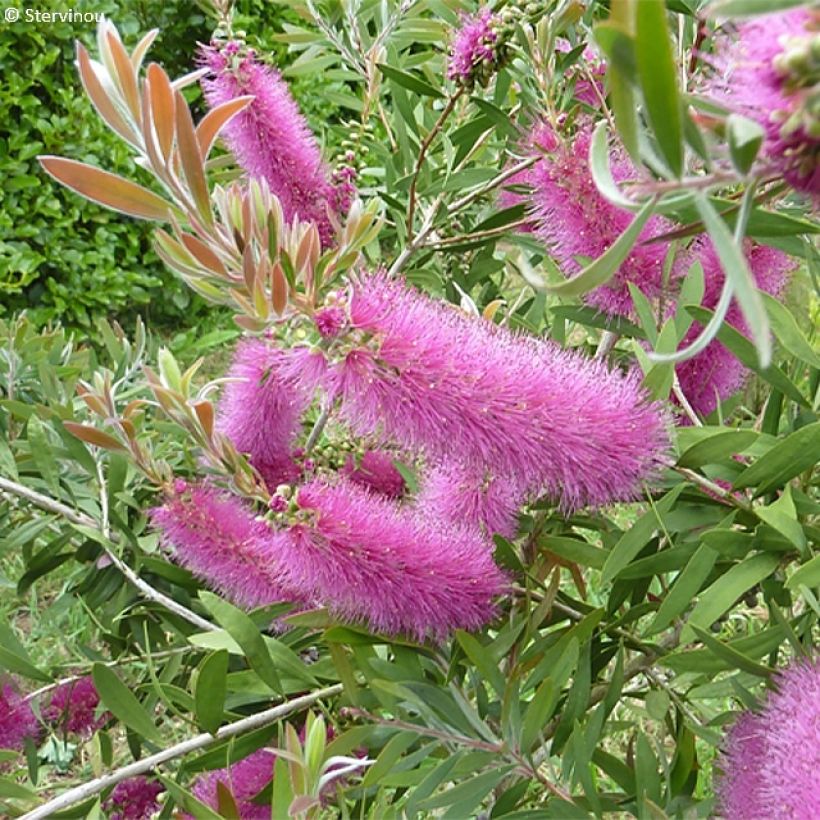

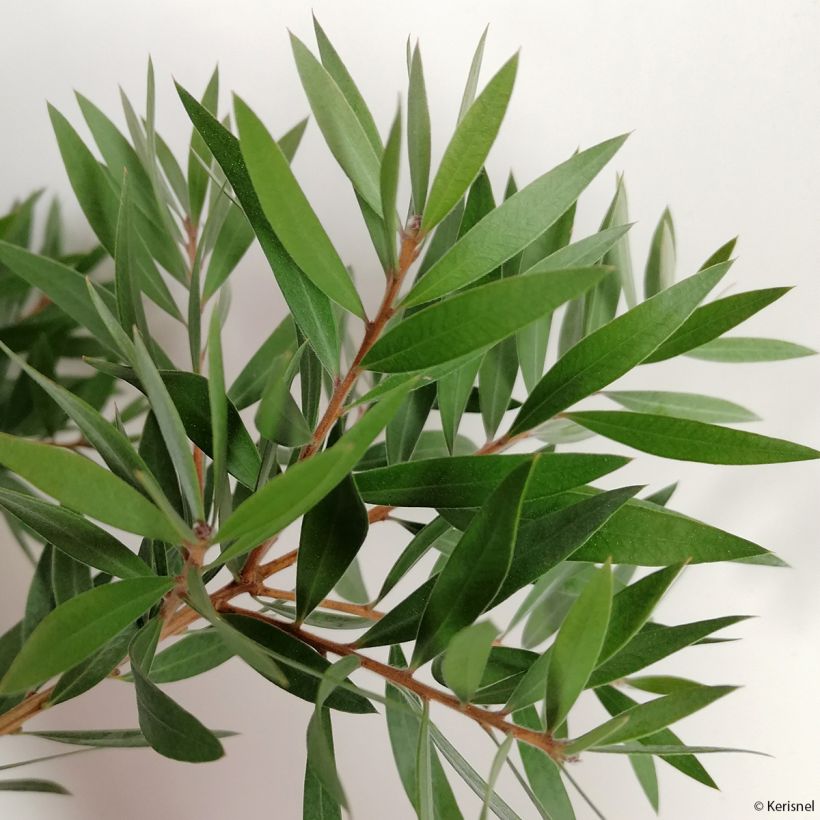

Plant habit
Flowering
Foliage
Botanical data
Callistemon
salignus
Perth Pink
Myrtaceae
Willow Bottlebrush, White Bottlebrush
Cultivar or hybrid
Other Callistemon
Planting and care
Callistemon Perth Pink will thrive in a light, well-drained, fertile, non-calcareous (acidic), occasionally dry soil in summer, even though it greatly appreciates the watering that support its beautiful flowering. Loose soil, whether humiferous, slightly rocky or sandy, or slightly acidic to neutral, will do. It tolerates sea spray well. Plant it in March-April or September. It will flourish in the sun and likes to have warm roots. Under these conditions, it is hardy down to -5 °C (23 °F) and can live for many years. Surround it with a winter protection veil if frosts are forecast and insulate it from the cold as much as possible. Place it in the warmest corner of the garden, in full sun against a south-facing wall. However, in regions far from the sea, it will be necessary to cultivate it in a large pot to store it during winter, in a bright but unheated location.
Cultivation in pots:
Provide good drainage at the bottom of the pot, which should be of a large volume. Use a light substrate, enriched with leaf compost, and apply a slow-release fertiliser in late winter and autumn. A soil mix for Mediterranean plants will suit it. Water generously in summer with non-calcareous rainwater, allowing the soil to dry out a little between waterings. The more you water, the more your callistemon will bloom.
Planting period
Intended location
Care
This item has not been reviewed yet - be the first to leave a review about it.
Evergreen shrubs
Haven't found what you were looking for?
Hardiness is the lowest winter temperature a plant can endure without suffering serious damage or even dying. However, hardiness is affected by location (a sheltered area, such as a patio), protection (winter cover) and soil type (hardiness is improved by well-drained soil).

Photo Sharing Terms & Conditions
In order to encourage gardeners to interact and share their experiences, Promesse de fleurs offers various media enabling content to be uploaded onto its Site - in particular via the ‘Photo sharing’ module.
The User agrees to refrain from:
- Posting any content that is illegal, prejudicial, insulting, racist, inciteful to hatred, revisionist, contrary to public decency, that infringes on privacy or on the privacy rights of third parties, in particular the publicity rights of persons and goods, intellectual property rights, or the right to privacy.
- Submitting content on behalf of a third party;
- Impersonate the identity of a third party and/or publish any personal information about a third party;
In general, the User undertakes to refrain from any unethical behaviour.
All Content (in particular text, comments, files, images, photos, videos, creative works, etc.), which may be subject to property or intellectual property rights, image or other private rights, shall remain the property of the User, subject to the limited rights granted by the terms of the licence granted by Promesse de fleurs as stated below. Users are at liberty to publish or not to publish such Content on the Site, notably via the ‘Photo Sharing’ facility, and accept that this Content shall be made public and freely accessible, notably on the Internet.
Users further acknowledge, undertake to have ,and guarantee that they hold all necessary rights and permissions to publish such material on the Site, in particular with regard to the legislation in force pertaining to any privacy, property, intellectual property, image, or contractual rights, or rights of any other nature. By publishing such Content on the Site, Users acknowledge accepting full liability as publishers of the Content within the meaning of the law, and grant Promesse de fleurs, free of charge, an inclusive, worldwide licence for the said Content for the entire duration of its publication, including all reproduction, representation, up/downloading, displaying, performing, transmission, and storage rights.
Users also grant permission for their name to be linked to the Content and accept that this link may not always be made available.
By engaging in posting material, Users consent to their Content becoming automatically accessible on the Internet, in particular on other sites and/or blogs and/or web pages of the Promesse de fleurs site, including in particular social pages and the Promesse de fleurs catalogue.
Users may secure the removal of entrusted content free of charge by issuing a simple request via our contact form.
The flowering period indicated on our website applies to countries and regions located in USDA zone 8 (France, the United Kingdom, Ireland, the Netherlands, etc.)
It will vary according to where you live:
- In zones 9 to 10 (Italy, Spain, Greece, etc.), flowering will occur about 2 to 4 weeks earlier.
- In zones 6 to 7 (Germany, Poland, Slovenia, and lower mountainous regions), flowering will be delayed by 2 to 3 weeks.
- In zone 5 (Central Europe, Scandinavia), blooming will be delayed by 3 to 5 weeks.
In temperate climates, pruning of spring-flowering shrubs (forsythia, spireas, etc.) should be done just after flowering.
Pruning of summer-flowering shrubs (Indian Lilac, Perovskia, etc.) can be done in winter or spring.
In cold regions as well as with frost-sensitive plants, avoid pruning too early when severe frosts may still occur.
The planting period indicated on our website applies to countries and regions located in USDA zone 8 (France, United Kingdom, Ireland, Netherlands).
It will vary according to where you live:
- In Mediterranean zones (Marseille, Madrid, Milan, etc.), autumn and winter are the best planting periods.
- In continental zones (Strasbourg, Munich, Vienna, etc.), delay planting by 2 to 3 weeks in spring and bring it forward by 2 to 4 weeks in autumn.
- In mountainous regions (the Alps, Pyrenees, Carpathians, etc.), it is best to plant in late spring (May-June) or late summer (August-September).
The harvesting period indicated on our website applies to countries and regions in USDA zone 8 (France, England, Ireland, the Netherlands).
In colder areas (Scandinavia, Poland, Austria...) fruit and vegetable harvests are likely to be delayed by 3-4 weeks.
In warmer areas (Italy, Spain, Greece, etc.), harvesting will probably take place earlier, depending on weather conditions.
The sowing periods indicated on our website apply to countries and regions within USDA Zone 8 (France, UK, Ireland, Netherlands).
In colder areas (Scandinavia, Poland, Austria...), delay any outdoor sowing by 3-4 weeks, or sow under glass.
In warmer climes (Italy, Spain, Greece, etc.), bring outdoor sowing forward by a few weeks.

































